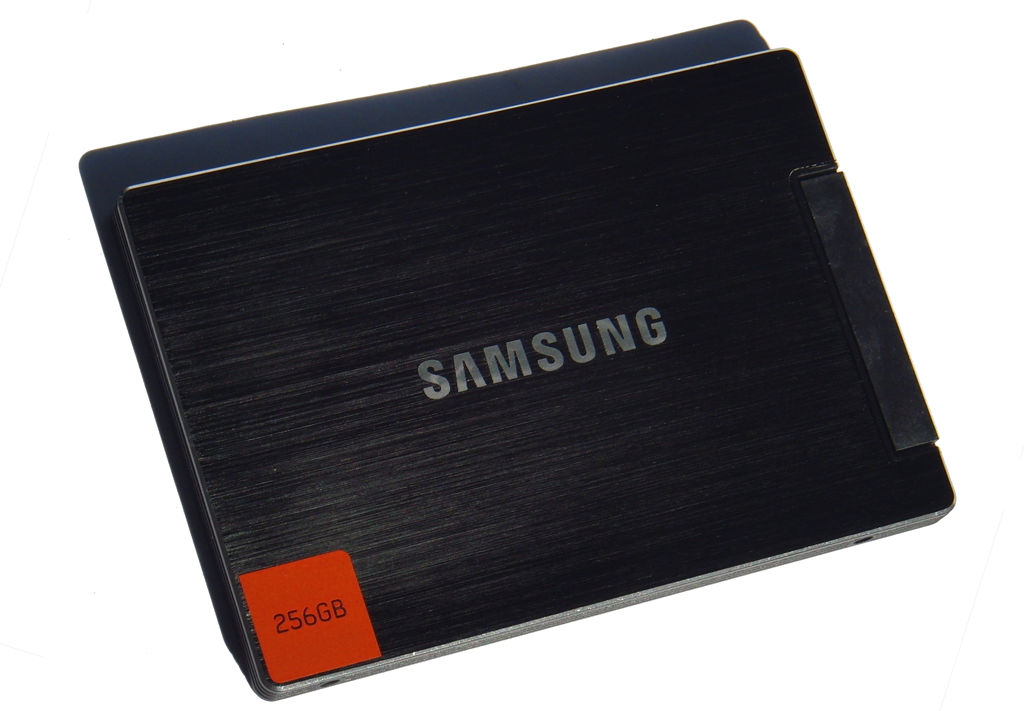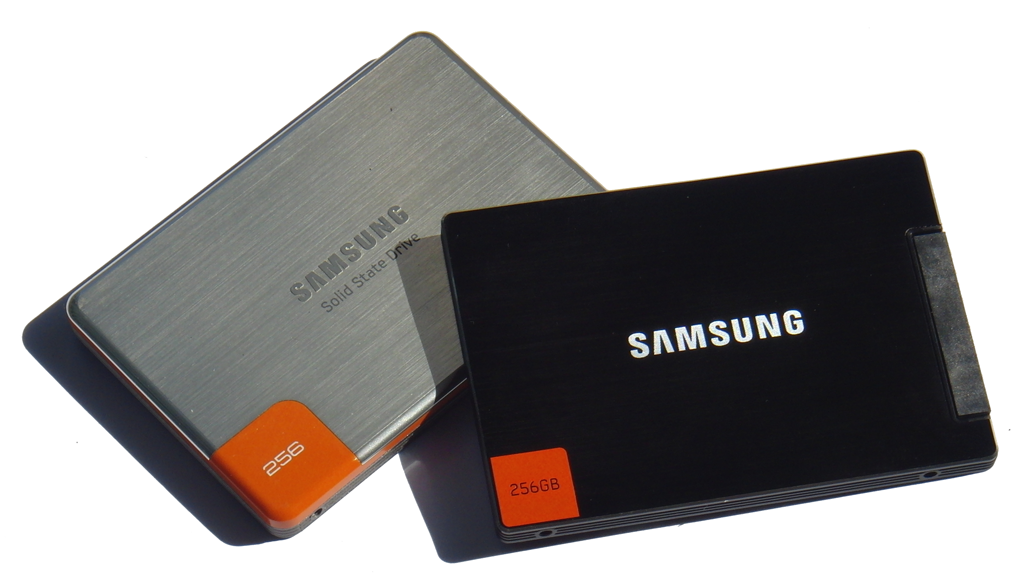Samsung Goes 6 Gb/s: Is The 830-Series SSD King Of The Hill?
Samsung's 830 is a late entry to the 6 Gb/s SSD market, but the company claims impressive performance. Can it unseat the incumbent SandForce-based drives? Let's just say this new offering shakes up the SSD world in a major way. Other vendors, beware.
Is Samsung's 830-Series The New King?
Despite the number of different companies selling an even more expansive list of SSD brands, you really have to boil solid-state storage down into controllers, NAND flash, and firmware. Of course, it's the controller that defines most of a drive's performance attributes and features. More often than not, comparing SSDs based on the same controller hardware yields minimal deviation. We only needed to compare OCZ’s Agility 3 to Corsair’s Force 3 in our recent second-gen SandForce round-up for proof.
If a controller is an SSD’s real foundation, then we're principally looking at a battle between a handful of different companies and their technologies. However, only SandForce and Marvell are currently shipping 6 Gb/s-capable controllers. Remember that Intel leans on Marvell's silicon for its SSD 510, and not its own proprietary design.
| Samsung 830 | 64 GB | 128 GB | 256 GB | 512 GB |
|---|---|---|---|---|
| Interface | SATA 6Gb/s | SATA 6Gb/s | SATA 6Gb/s | SATA 6Gb/s |
| 4 KB Random Read | 75 000 IOPS | 80 000 IOPS | 80 000 IOPS | 80 000 IOPS |
| 4 KB Random Write | 16 000 IOPS | 30 000 IOPS | 36 000 IOPS | 36 000 IOPS |
| 128 KB Sequential Read | 520 MB/s | 520 MB/s | 520 MB/s | 520 MB/s |
| 128 KB Sequential Write | 160 MB/s | 320 MB/s | 400 MB/s | 400 MB/s |
Samsung is showing up a little late to this battle with its 830-series SSD. However, those specs it's citing (above) are downright impressive. Across all capacities, we’re looking at sequential read speeds of 520 MB/s and writes as high as 400 MB/s on the 256 and 512 GB models.
This puts the 830-series in the same league as SandForce's second-gen controllers. Perhaps the most significant difference, however, is that Samsung's logic doesn't depend on compression technology, whereas SandForce's DuraWrite "optimizes the number of program cycles to the flash" with the purpose of extending write endurance. As a caveat, however, incompressible data doesn't enjoy the architecture's peak performance (which is, of course, what drive vendors like to cite in their spec sheets).
By delivering its performance without a suite of marketing terminology, Samsung is forced to use higher-quality NAND to deliver the same level of write endurance. However, its 830-series should also be more consistent. Fortunately, Samsung is one of the only companies able to leverage its own controller, its own firmware, and its own flash memory in the same device, giving it a substantial cost advantage over companies that have to buy third-party controllers, someone else's NAND, and modify a reference firmware.
| Brand | Crucial | OCZ | Samsung |
|---|---|---|---|
| Model | m4 | Vertex 3 | 830 |
| Data Rate | 6 Gb/s | 6 Gb/s | 6 Gb/s |
| Capacity | 128 GB | 120 GB | 128 GB |
| MSRP*subject to change | $225 | $230 | $250 |
| Price per GB | $1.75 | $1.92 | $1.95 |
If that’s not enough to shake up the SSD scene, the prices Samsung says to expect its 830-series drives to sell for should give the company's competitors a reason to take notice. We're told that the 128 GB 830-series drive should sell for $250. That’s a little under $2 per GB (right in line with OCZ's 120 GB Vertex 3).
Samsung is withholding pricing information for the full product line, but prices should be similar to the 470-series, which the 830 is expected to replace.
Get Tom's Hardware's best news and in-depth reviews, straight to your inbox.
Current page: Is Samsung's 830-Series The New King?
Next Page Inside Samsung's 830-Series SSD-
pbrigido With all of these fast SSDs coming to market, I can only hope that the competition starts to drive down prices soon.Reply -
I still opt for the M4 in all the enthusiast builds I do!Reply
It boils down to reliability, not one hiccup on M4 yet (or any crucial drive Ive installed), 4/5 Sandforce drives I have installed have had some form of callback problem to resolve once deployed, mostly requiring firmware updates, but a few failed drives as well!
Mind you, still better than the early Corsair force Series I used, every single one failed! Stopped using them quick!
Am tempted by OCZ, once they have reliability on their side I will give them a go again! -
Would love to see an article addressing Sandforce controller problems people have been experiencing.Reply
-
mark_hamill Would love to see an article addressing Sandforce controller problems people have been experiencing.Reply -
JamesSneed Looks like a really nice SSD. Samsung has one of the best validation proceses along with Intel and Crucial so I really don't expect people to have issues like they do with OCZ drives. Now the real question how much will it be on the egg?Reply
I saw this quote below in the summary and laughed as nobody in there right mind would use a basic MLC drive in a database server. So Samsung tuned the drive for what it will be used in ,desktops, good.
"Although we'd probably think twice before picking this as our first choice for a database server, it does just fine in an enthusiast's machine." -
JohnnyLucky great review. now we just have to wait and see how the ssd will hold up over the long haul. If it is anything like the 470, then it should be problem free.Reply -
beenthere We'll see how this series of Samsung SSDs fair. The previous gen was a nightmare of problems so I don't think Samsung's validation process is any better that the rest of the SSD suppliers - which is sad when Samsung controls everything including NAND production. It's amazing that we still have SSDs NOT readt for Prime Time.Reply -
AppleBlowsDonkeyBalls beenthereWe'll see how this series of Samsung SSDs fair. The previous gen was a nightmare of problems so I don't think Samsung's validation process is any better that the rest of the SSD suppliers - which is sad when Samsung controls everything including NAND production. It's amazing that we still have SSDs NOT readt for Prime Time.Reply
Proof? I think you just pulled this out of your ass or from someone's that told you some story. The 470 series was VERY reliable.

